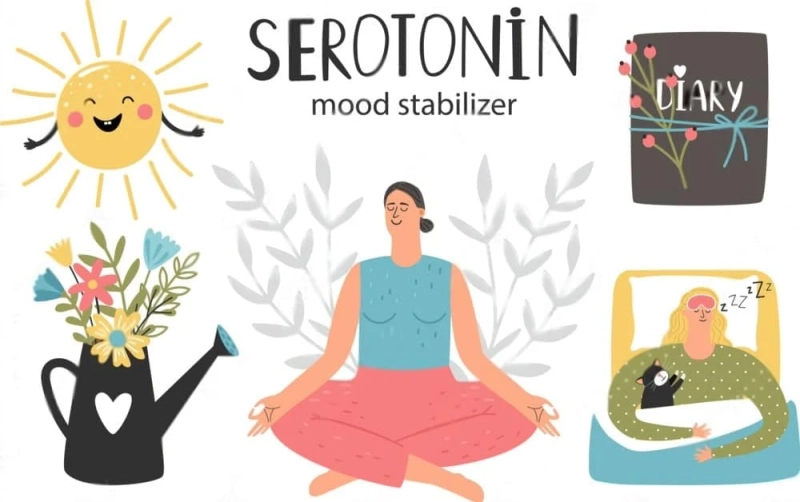The human quest to alleviate mental suffering takes a fascinating turn with the resurgence of psychedelic and serotonergic therapies. Once relegated to the fringes of history, these compounds are captivating researchers and clinicians alike, offering a glimmer of hope for those struggling with mental health challenges. But before we embark on this mind-bending exploration, let\'s delve into their potential and pitfalls.
Psychedelics: A Mind Odyssey
These enigmatic substances, LSD, psilocybin, and their brethren, induce profound shifts in perception, mood, and consciousness. Imagine a portal to a realm of heightened awareness, where thoughts dance in vibrant colors and emotions ebb and flow like a cosmic tide. This altered state stems from their interaction with the brain\'s serotonin system, particularly the 5-HT2A receptor, igniting a cascade of neurological fireworks.
Intriguingly, psychedelics boast a rich heritage. From Amazonian rituals to ancient Greek mystery cults, these substances have played a role in spiritual exploration and healing for millennia. However, modern medicine slammed the brakes on their use in the mid-20th century, classifying them as Schedule I drugs. Thankfully, the tide is turning. Renewed scientific inquiry, fueled by promising clinical trials, is revealing their potential to combat depression, anxiety, PTSD, and even addiction.
Serotonin: The Balancing Act of the Brain
Serotonin, often hailed as the "happiness chemical," plays a pivotal role in regulating mood and emotions. When its delicate balance is disrupted, a cascade of mental health issues can arise. Enter serotonergic drugs: SSRIs, SNRIs, and their kin. These work by tweaking serotonin activity, offering a lifeline for individuals struggling with depression, anxiety disorders, and other conditions.
Psychedelic Terrain: A Path with Potential Detours
The therapeutic potential of psychedelics is undeniable. Studies suggest they can unlock profound emotional and spiritual experiences, leading to significant and lasting improvements in mental well-being. Imagine a guided journey within your own psyche, confronting long-suppressed emotions, dismantling rigid thought patterns, and gaining a newfound perspective on life\'s challenges.
However, venturing into the psychedelic terrain isn\'t without its hazards. The journey can be intense, with vivid hallucinations, altered perception, and even physical discomfort as potential roadblocks. Long-term use can also lead to lingering psychological issues. Additionally, individual factors like mental health history and environment play a crucial role. Psychedelics can act as amplifiers, potentially exacerbating underlying conditions.
Serotonergic Safety Net: Not Without Its Snags
While serotonergic drugs offer relief to many, they\'re not without their side effects. Common culprits include nausea, headaches, and sexual dysfunction. In rare cases, a potentially life-threatening condition called serotonin syndrome can occur, especially when combining multiple serotonergic medications.
Charting the Course: Research and Regulation
The field of psychedelic research is experiencing a renaissance. Scientists are eagerly exploring novel therapeutic applications and meticulously crafting optimal treatment protocols. Ethical considerations are paramount, ensuring participant safety and prioritizing well-being throughout the exploration.
Striking a balance between research advancement and safety regulations is a constant tug-of-war. While some jurisdictions are loosening restrictions to facilitate research and access, others remain cautious, maintaining tight controls. As we move forward, fostering an environment that encourages responsible innovation while safeguarding public health is crucial.
The Future of Healing: A Mindful Embrace
Psychedelic and serotonergic compounds hold immense promise for a paradigm shift in mental health care. Yet, their integration into mainstream medicine requires a measured and mindful approach. Through responsible research, education, and clinical practice, we can unlock the healing power of these substances, minimizing harm and maximizing benefit. Let us embark on this journey of discovery with empathy, humility, and a shared vision of fostering mental well-being for all.



